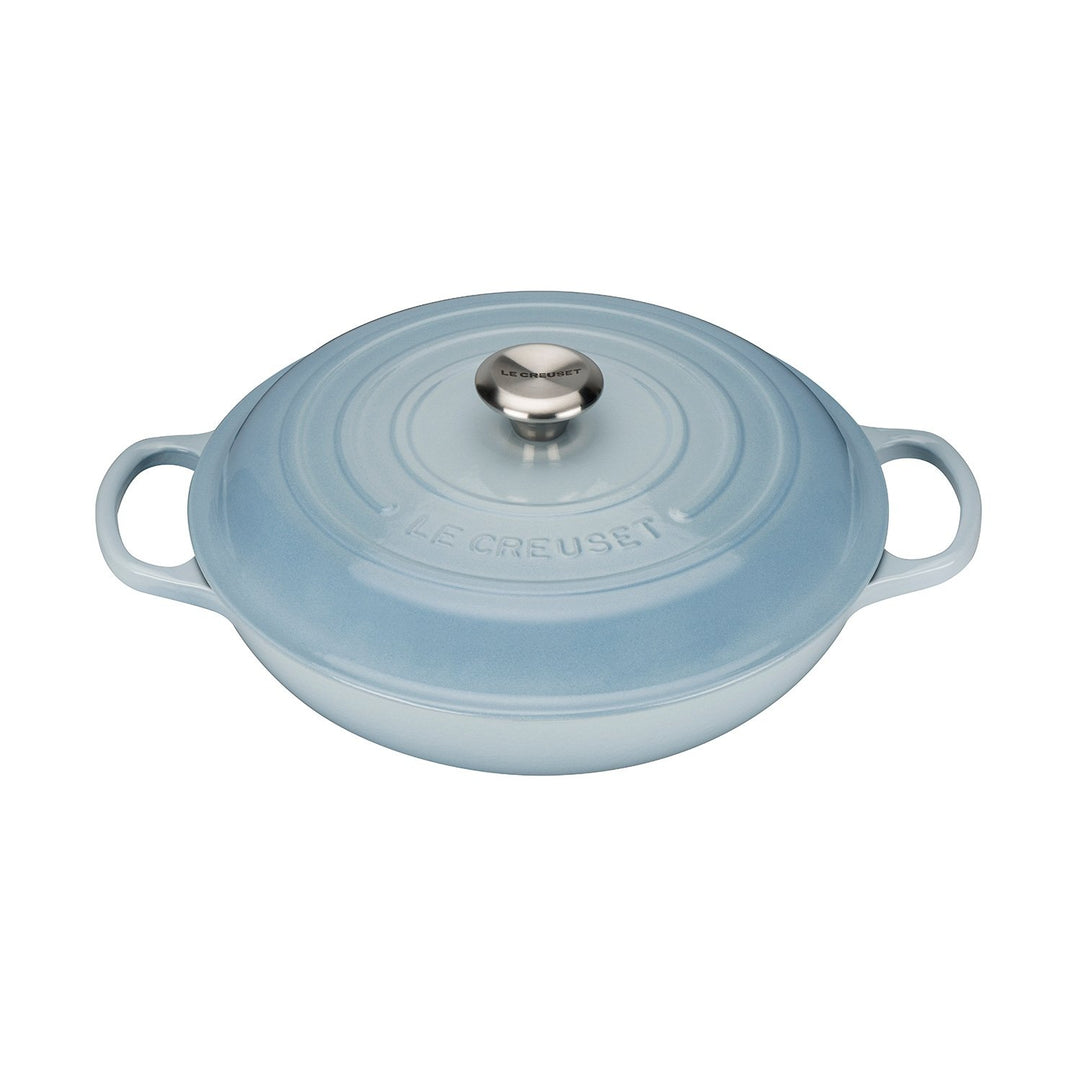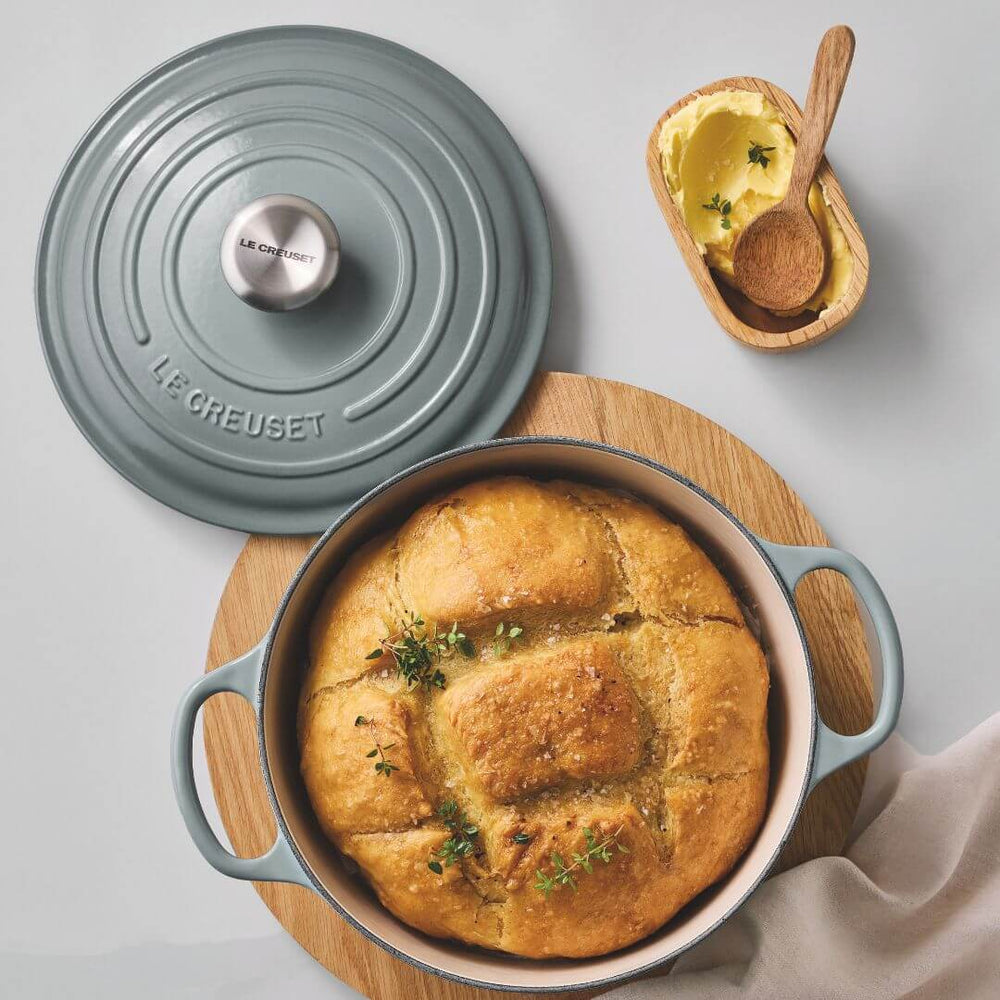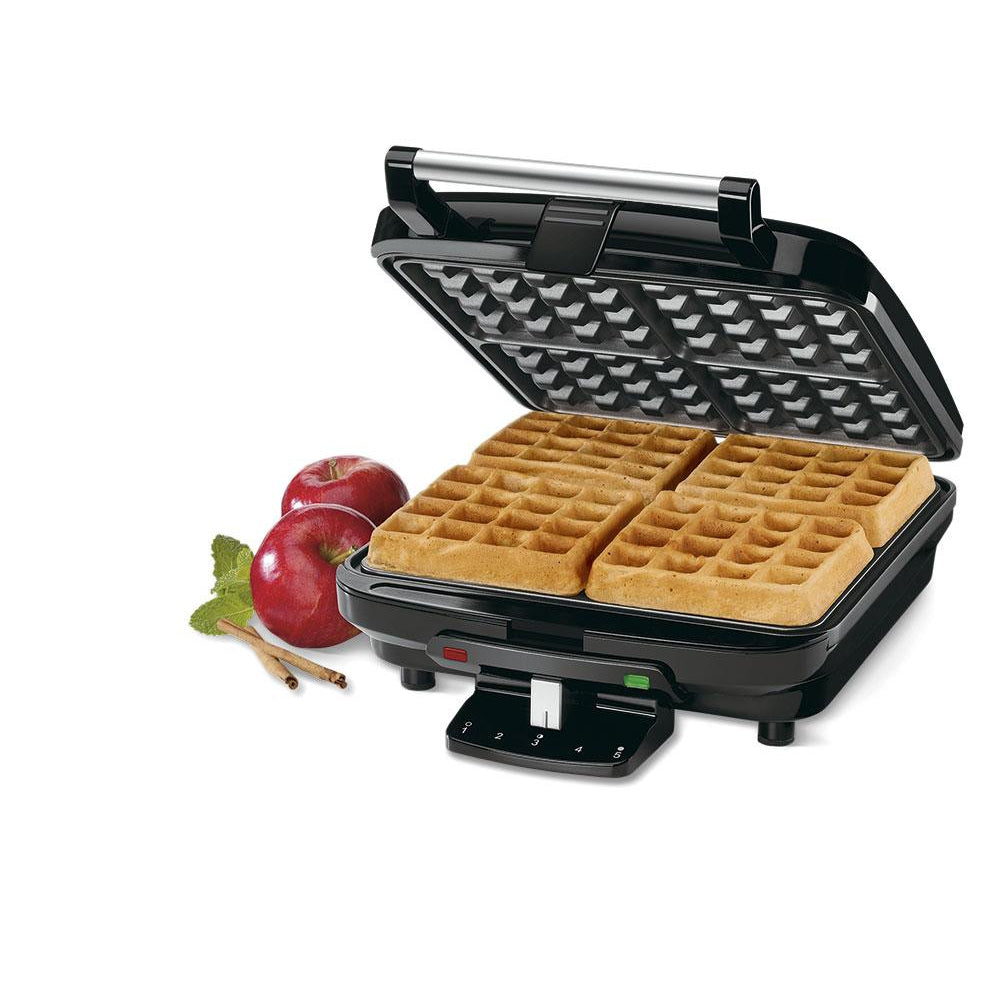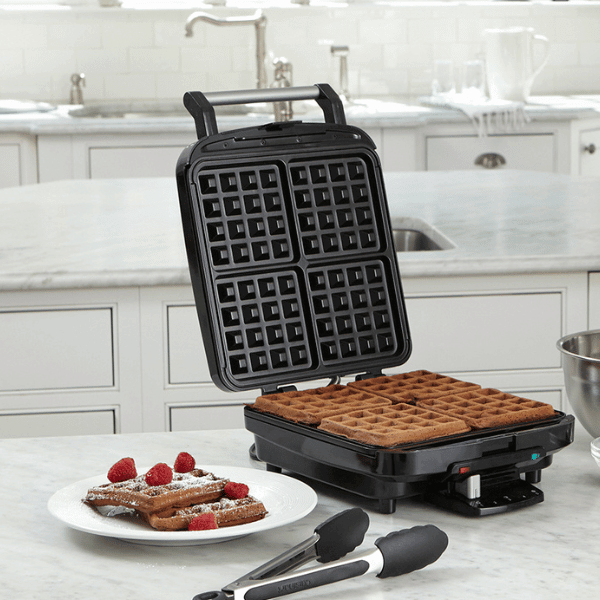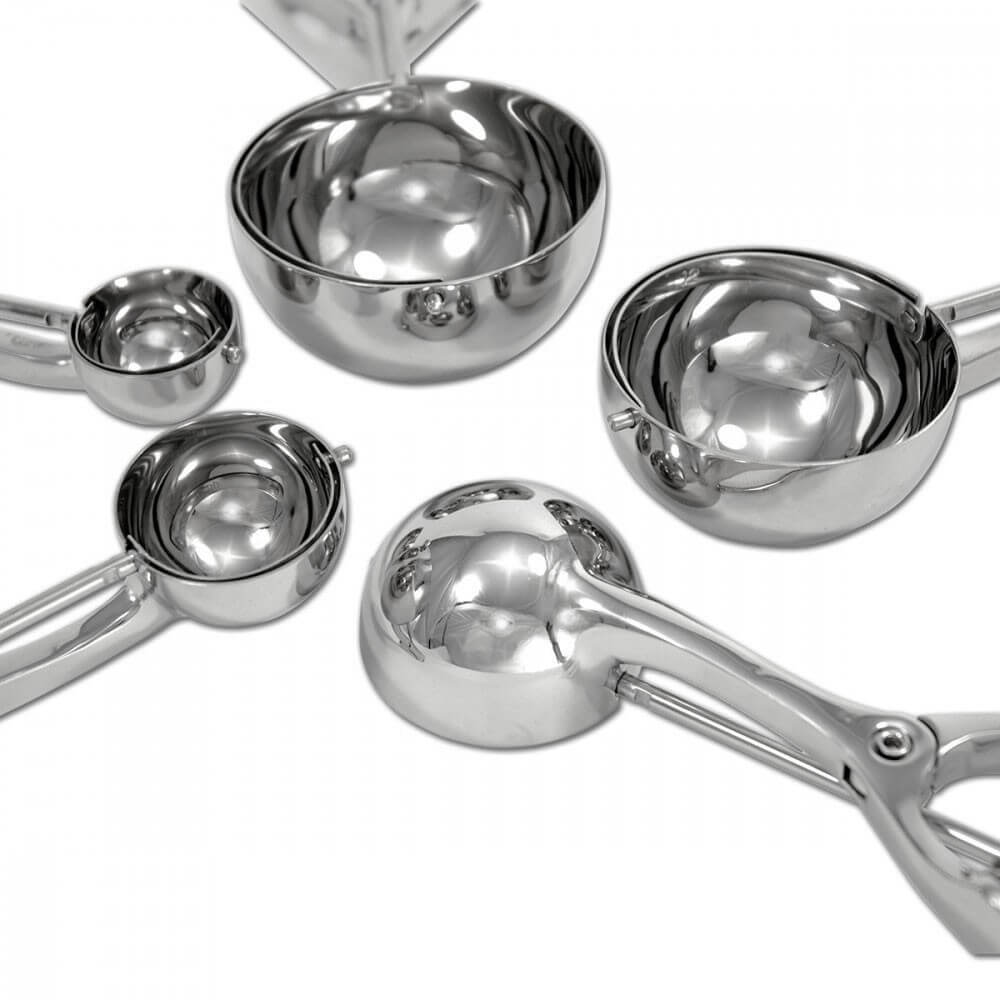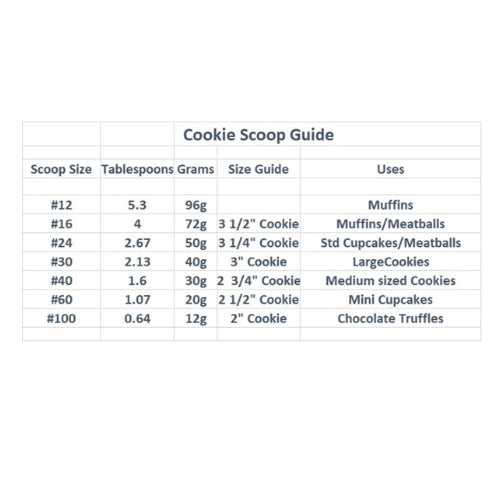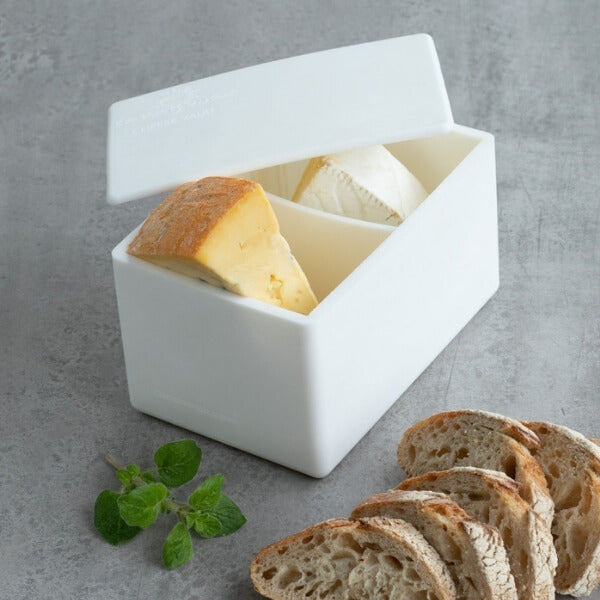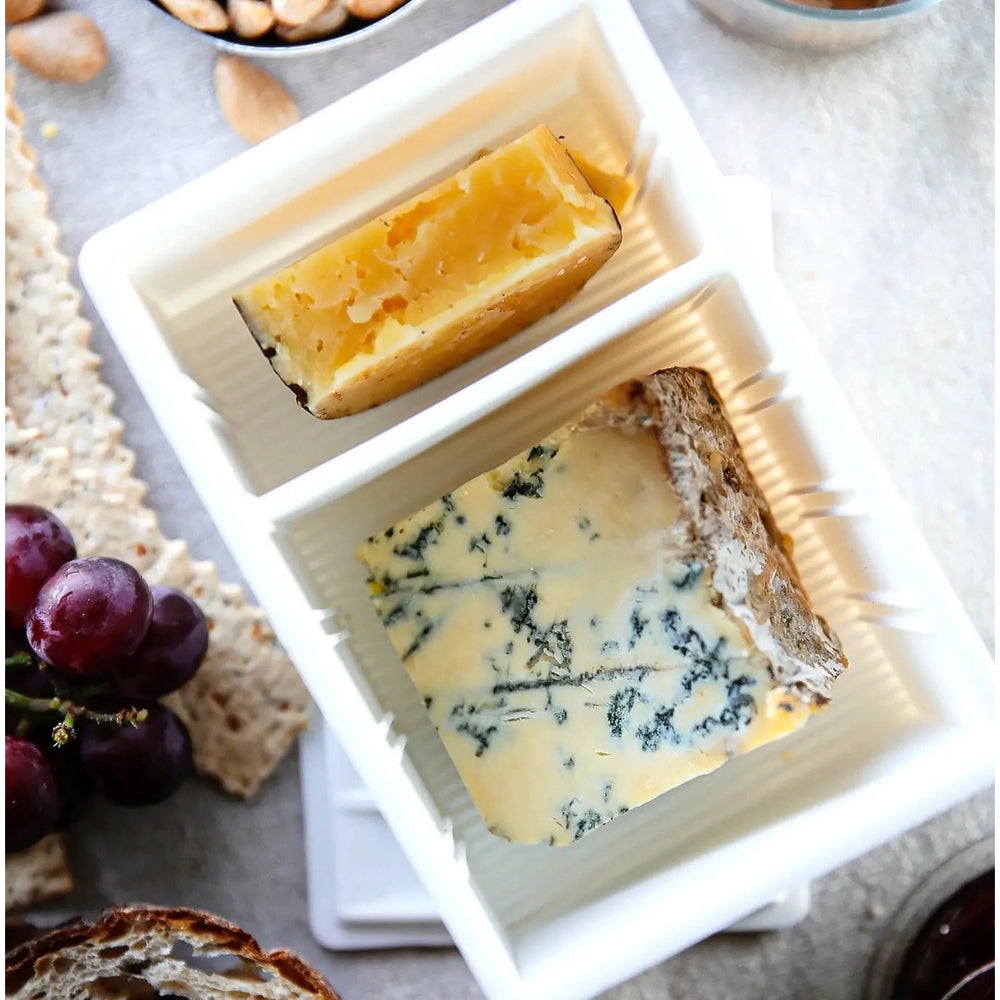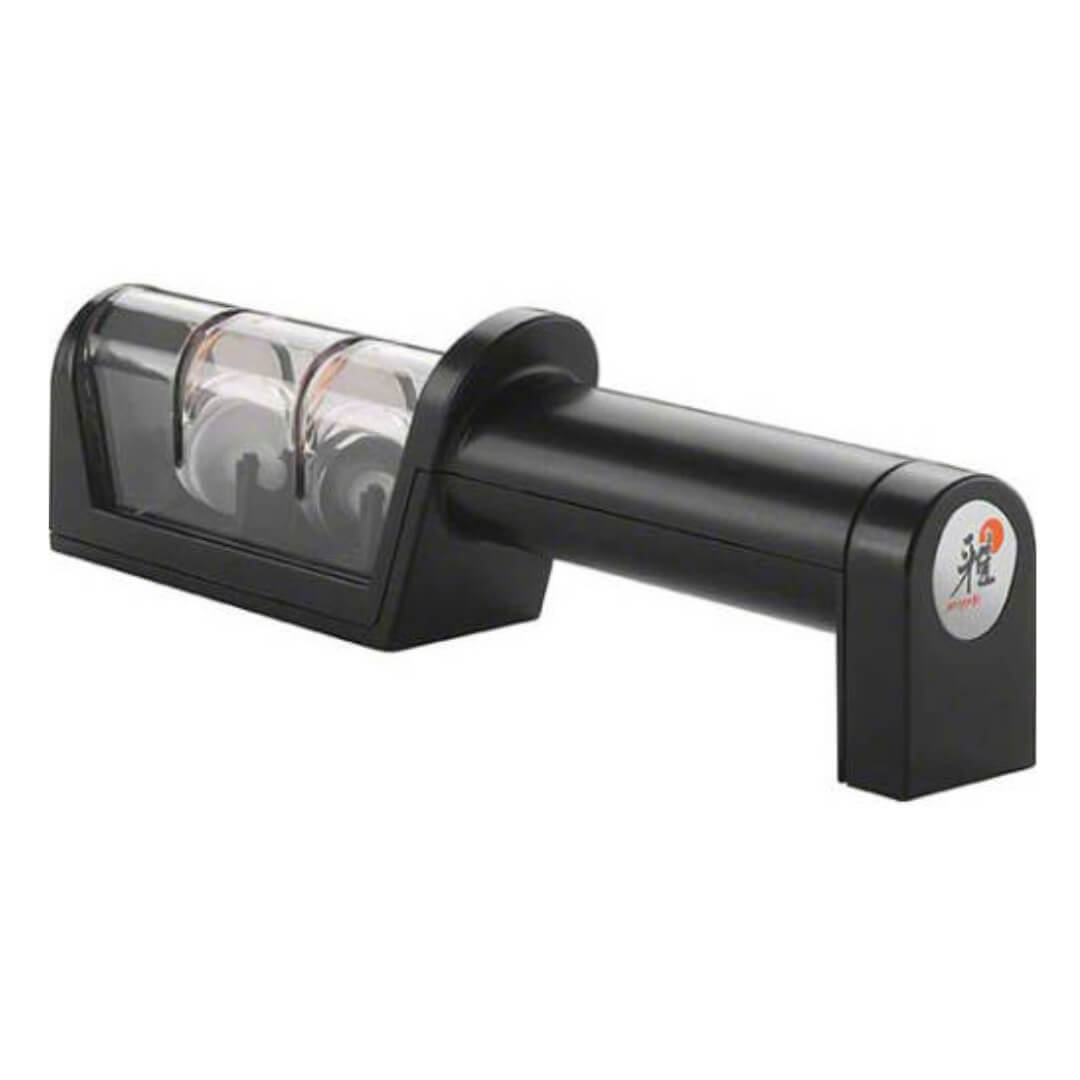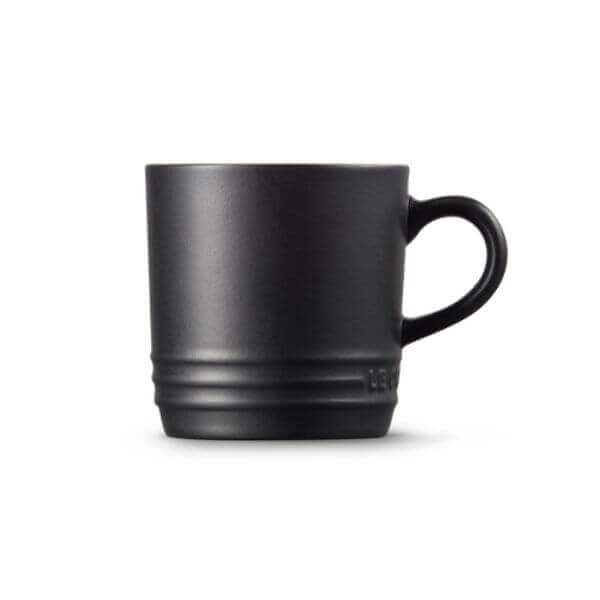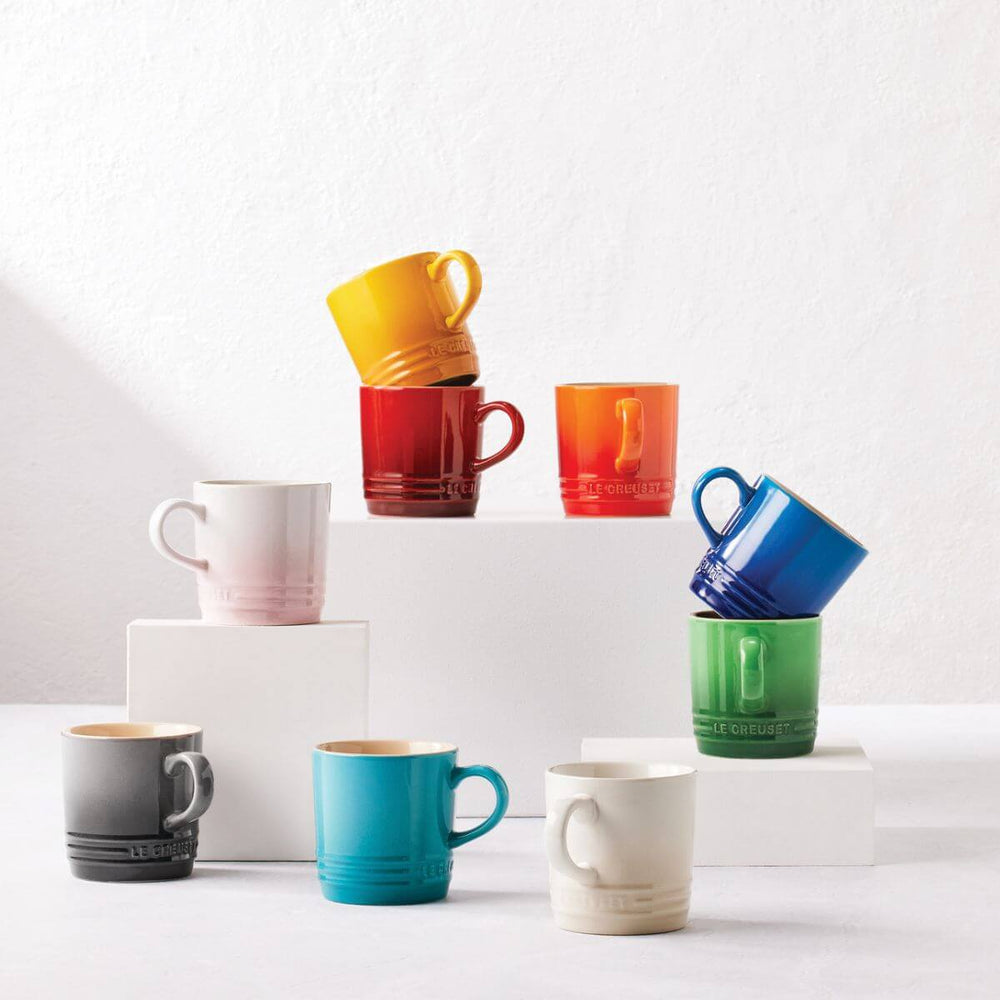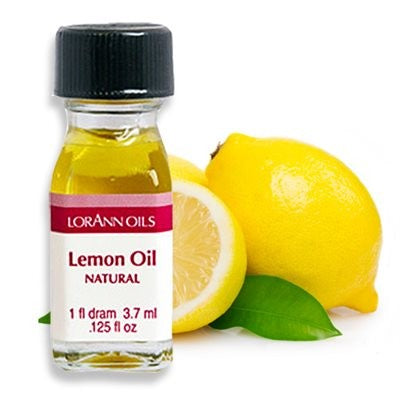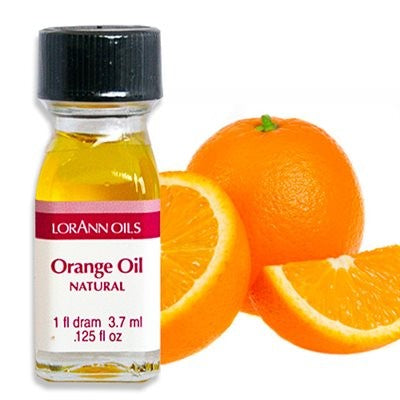Milly's 101: The Pressure Cooker
1. Today’s pressure cookers are foolproof. Locking and unlocking are simple and pressure is easy to read, maintain and release.
2. They’re safe. Modern pressure cookers incorporate a host of safety features including pressure sensitive valves which automatically allow excess pressure to escape without user intervention.
3. They really are fast. For most recipes you can cut cooking time by at least two thirds, some by as much as 80%.
4. They’re versatile. Don’t just think long, slow meat dishes. A pressure cooker is also unbeatable for batches of dried beans and legumes, rice (including the best risotto), soups, vegetables and desserts.
5. They concentrate flavour. As foods are cooked in a sealed container under pressure and use minimal fluids, precious flavour molecules are trapped in the dish infusing masses of flavour.
6. Energy consumption is minimised. Traditionally long, slow dishes like Pulled Pork or Oxtail can be completed in a fraction of the time and on the stove top rather than heating the oven for four to five hours.
How Does a Pressure Cooker Work?
Pressure cookers function based on a very simple principle – in a tightly sealed vessel, the boiling point of liquid is higher. When water is brought to boil in a pressure cooker water molecules can’t escape which increases the pressure so that boiling point becomes lower. This translates to shorter cooking times and less liquid results in more concentrated flavours. You also use less energy as after the desired pressure is reached, your heat setting is turned down to low for the cooking time.
Modern pressure cookers come with high and low pressure levels. Mostly you will use high pressure but low pressure will give better results to foods that respond to a light gentler touch like some grains, rice and beans.
Once you’ve cooked your recipe for the required time, you’ll need to release the pressure. Most pressure cookers can be depressurised either naturally or with a quick method and you should follow the directions supplied by the manufacturer of your particular machine. A basic rule of thumb is that you should depressurise naturally (generally by just removing the machine from the heat or, if it’s electric, by turning off) for large cuts of meat which will benefit from resting time. Use the quick method for recipes which will overcook if allowed to remain cooking during the slower method. Your recipe will generally tell you which to use.
Tips for Pressure Cooker Success
Always read the manufacturer‘s instruction manual. Each machine is different and you need to get to know the features of your particular model.
Add exactly the liquid measure specified in your pressure cooker recipe and for your first forays into this new method of cooking, use a specific pressure cooker recipe – preferably those that have been developed for your specific machine.
Time your recipe very carefully from the moment desired pressure is reached. As food is being cooked at super high temperatures, a minute more can make a huge difference.
Use only the release method specified in your recipe. (See above)
Safety and Cleaning
Always make sure the rubber gasket in the lid of your pressure cooker is in place correctly and that you regularly check it for signs of wear. It should be soft and springy not dry or cracked. They do wear out over time. Only ever replace the gasket with one for your exact model. Milly’s can help you with replacement gaskets for any models we sell.
Make sure you clean the gasket carefully after each use and when you put your machine away leave the lid off to allow fresh air to circulate and so that the gasket is not compressed for long periods.
Regularly inspect and clean the vents and valves and check before each use. Make sure vents aren’t clogged especially after cooking foamy products like rice and beans. If the valves seem sticky or hard to move, remove them and clean according to manufacturer’s instructions included in your handbook.
Never overfill the unit.


